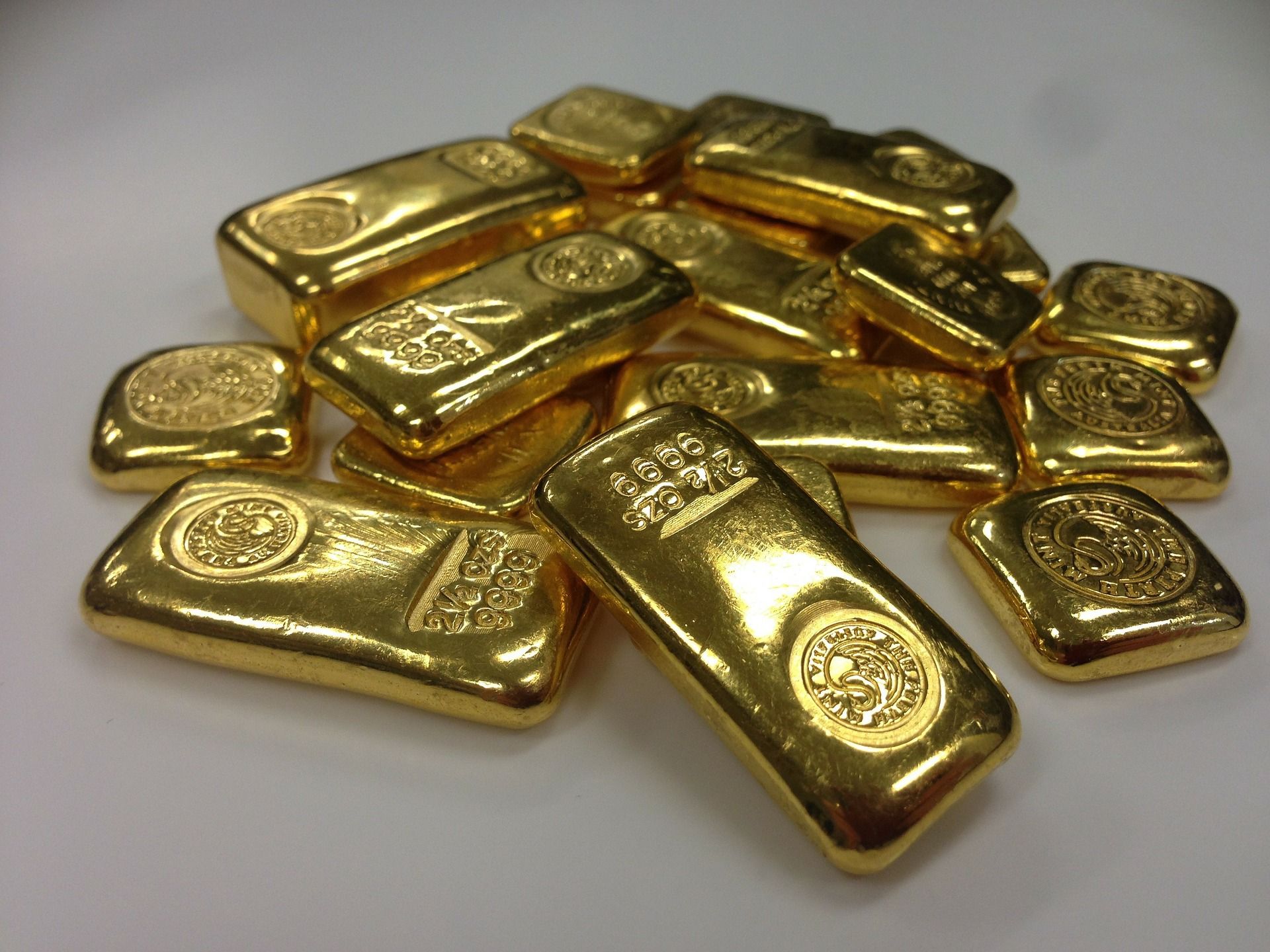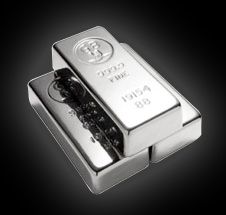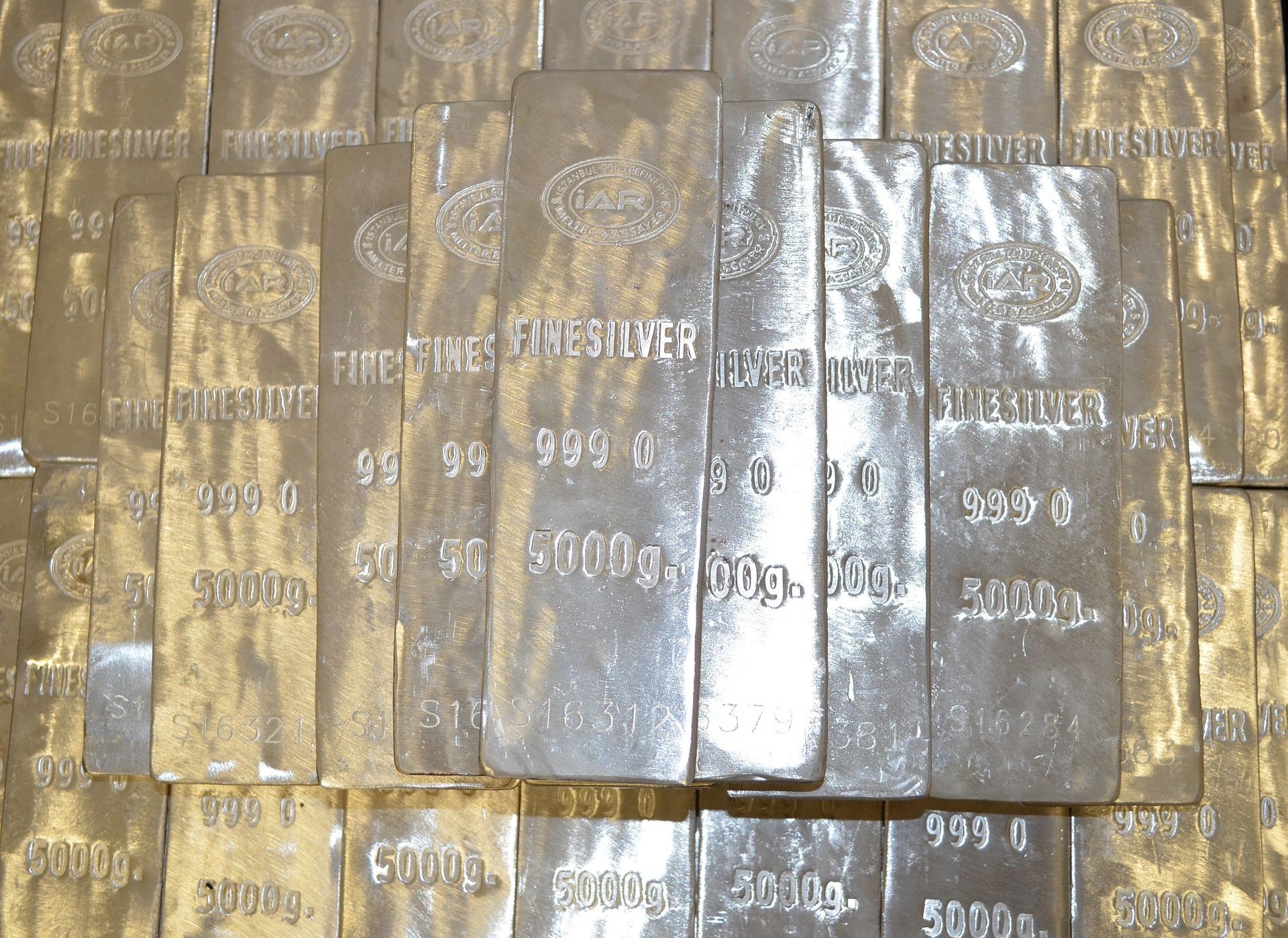Gold, Silver, Platinum Jewelry
Precious Metals - Gold, Platinum and Silver
GOLD
Throughout history, gold's mesmerizing beauty has inspired legends. Today, it is the premium choices of artisans worldwide for its ability to be molded into many luxurious designs. Naturally yellow in color, gold will not tarnish. While it is strong, gold in its purest form is too soft for most jewelry uses and must be mixed or alloyed with other metals to increase its strength and durability. The color of gold is affected by the concentration of alloys such as nickel or copper. A high concentration of nickel creates white gold, while rose gold gets it color from a high percentage of copper.
Gold's purity is measured in karats which are used to indicate the percentage of gold. Pure, one hundred percent gold is 24 karat and is more expensive but not as durable as 18 karat (75 percent gold) or 14 karat (58.3 percent gold). When comparing gold jewelry, the higher the number of karats, the greater the value. Karat weight is a key factor in determining price, along with the design and the degree of craftsmanship required to create a beautiful piece of jewelry.
By law, anything less than 10 karats cannot be sold as gold in the United States . The law also states that the karat mark and manufacturer's trademark must appear on the jewelry. In the United States , 14 karat is the most common gold jewelry sold.
Always look for the karat mark or "k" on the back of the jewelry. The markings are:
- 18 karat gold - 18k or 750 (the European designation meaning 75% gold)
- 14 karat gold - 14k or 585
- 10 karat gold - 10k or 417
Yellow Gold
The most common form of gold used, yellow gold is created with an alloy of silver, copper and zinc mixed with gold. The resulting yellow color reflects the natural color of the gold. Yellow and white gold are similar in strength and durability. It is the karat weight and design, not the color that determines the price.
White Gold
White gold is created by an alloy of nickel and other metals (copper and zinc) mixed with gold. Nickel is the largest component of this alloy, giving the gold a white color. White gold can also be made with an alloy that contains a higher concentration of silver, making it a good choice for people with a sensitivity to nickel. White gold is highly reflective and does not tarnish so it is common to add a layer of plating called "rhodium" plating that will protect the reflective quality of the white metal. This does not detract from the value of the metal.
While yellow and white gold are similar in strength and durability, it is the karat weight and design, not the color that affects the price.
Rose Gold
Rose gold is alloyed with copper, and sometimes silver. The proportions are about one part of copper to three parts of 24 karat gold. The resulting gold has a reddish-rose hue. Rose gold is often used in the manufacture of three-color jewelry consisting of yellow, white and rose gold together.


PLATINUM
Sleek and elegant, platinum's natural white luster beautifully enhances a diamond's radiance. Thirty times rarer than gold and heavier, platinum is also the strongest of precious metals used in jewelry. Prongs set in platinum are more durable than those set in gold.
Platinum is more valuable than gold. Almost 160 tons of platinum are produced annually in comparison to approximately 1,500 tons of gold. In fact, 10 tons of ore must be mined to produce just one ounce of platinum. Platinum's high melting point makes it a difficult metal to use. Even with improved casting techniques, platinum remains expensive. Yet, its popularity continues to grow as consumers recognize its unique ability to bring out a diamond's brilliance.
Unlike gold, platinum is often 90 to 95 percent pure. It is frequently alloyed with gold, nickel, iridium, palladium, rhodium, or ruthenium. Platinum jewelry that meets the established standards is marked 900Pt, 950 Plat or Plat. In the United States, in order to be marked "Platinum" or "Plat," jewelry must contain at least 50 percent platinum. Always look for the marking to ensure that the material is platinum and not white gold or another metal. Platinum resists tarnishing. It is also hypoallergenic which makes it perfect for sensitive skin.
STERLING SILVER
Derived from the Latin for "white and shining," silver entices with its sophisticated sheen. Like gold, it is too soft in its purest form and cannot be used to make jewelry. Copper is the most frequently used alloy because it is very effective in adding durability to silver.
Sterling silver is a mixture of 92.5 percent pure silver and 7.5 percent copper. Silver is not designated with a karat weight; sterling silver is considered 92.5 percent pure. Silver does tarnish, although frequent wear will minimize tarnishing. Often silver takes on a "patina" or finish that results from the contact of the silver with the person's unique skin chemistry. Given silver's lower cost, it is a leading metal in fashion jewelry. In some cases, craftsmen experiment with new and innovative designs in silver that are later duplicated in the more expensive gold and platinum. Silver is popular with people who like a more casual look.

